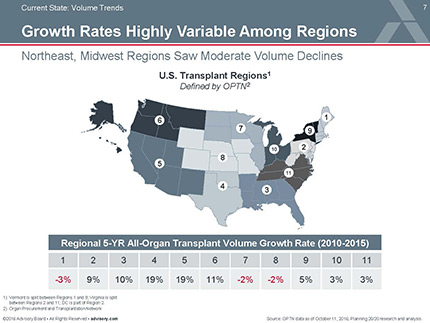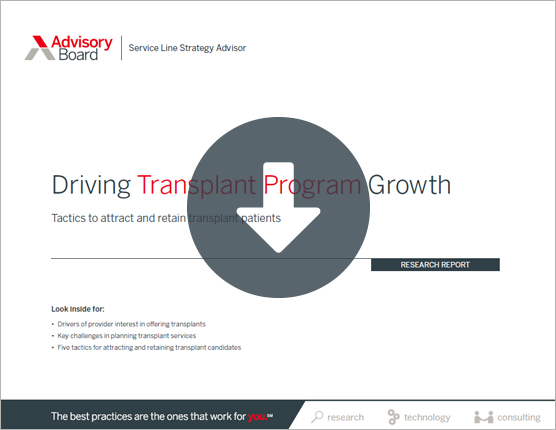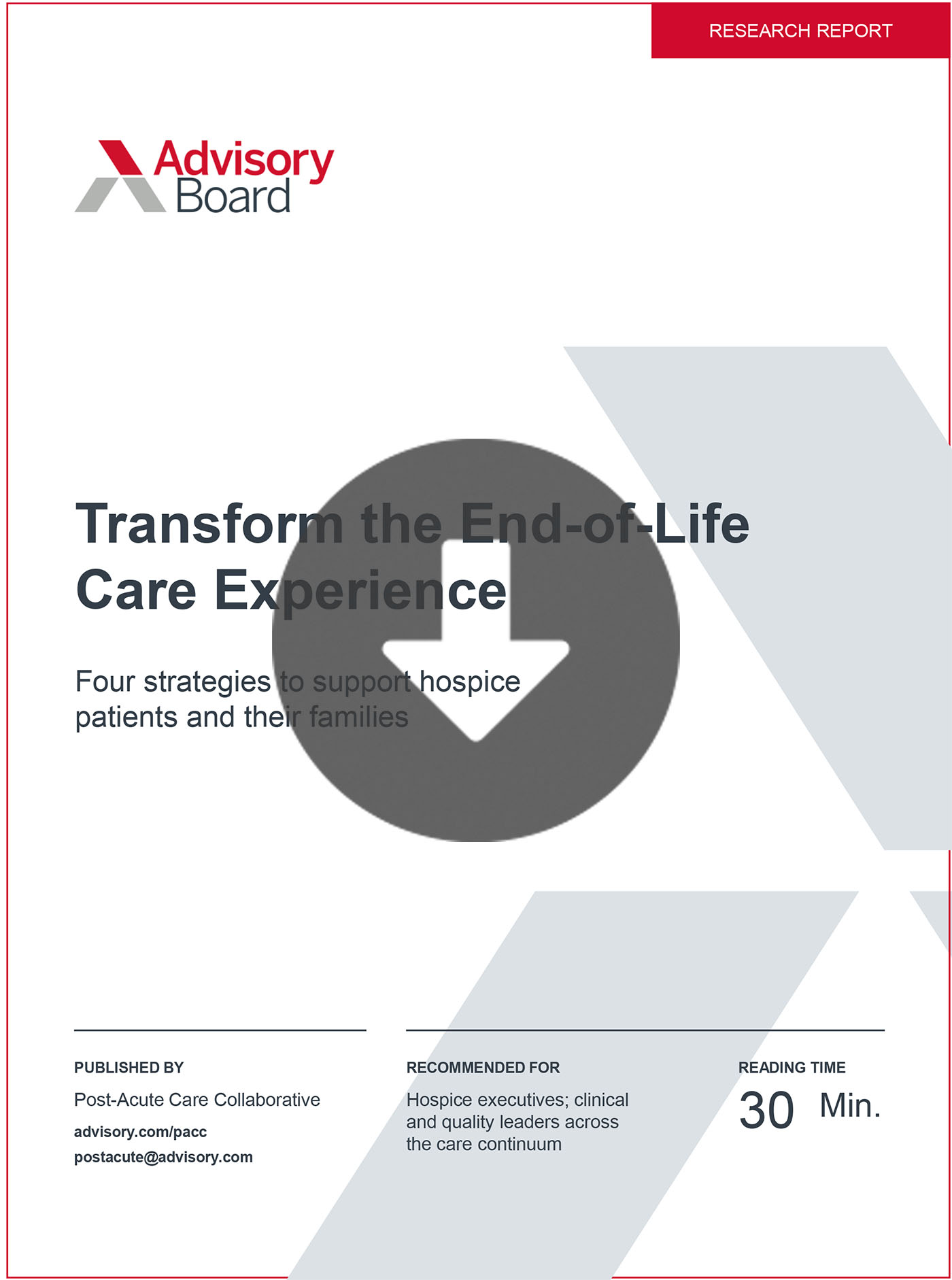Auto logout in seconds.
Continue LogoutEditor's note: This popular story from the Daily Briefing's archives was republished on Oct. 16, 2019.
When Mary Desin, who served as a nurse at UPMC Hamot Hospital for more than 30 years, was pronounced brain dead in May, over 100 hospital staff lined the hospital halls to honor her decision to be an organ donor.
The ritual, known as an "honor walk," is becoming increasingly common in hospitals, and serves as a way for the individual's loved ones and hospital staff to pay tribute to their decision to be an organ donor.
"The honor walk takes place at an odd pause between life and death: Either brain death has been declared already in a donor whose heart still beats, or the donor's heart will soon stop beating," Tim Lahey, an infectious disease specialist and director of clinical ethics at the University of Vermont Medical Center, wrote in the New York Times' "Well."
With Desin's family's blessing, staff at UPMC Hamot performed their own "honor walk," to pay tribute to their former co-worker and her decision to become a donor and continue saving lives even after her death.
UPMC Hamot staff honor former nurse
Desin, age 58, was declared clinically and legally deceased on May 31 after suffering a brain aneurysm, according to ABC's "Good Morning America" (GMA).
In her career as a nurse at UPMC Hamot, Desin saved many lives, and "she did the same after her death," by choosing to be an organ donor, KHON reports.
The day of the organ donation, Desin's family wheeled her through UPMC Hamot's halls to the OR where her kidneys and liver would be donated.
Matthew Desin, Desin's son, called the experience "extremely emotional."
Matthew said, "Most everybody was crying." He added, "People I didn't even know came up to me during the time and said how much they loved her and she helped them get further in their career."
Matthew said he was surprised by the number of hospital staff who lined the halls to support his mother. "I expected maybe 20 people … to be there," he said. "I didn't expect over 100 people to be impacted by her loss."
Donny McDowell, a senior professional staff nurse at the hospital, said Mary's decision to donate her organs after death reflected her giving nature. "The thing about Mary that I learned the most is that you always give and you keep on giving a little bit more," he said. He added, "It's become a very 'me' world, but Mary was a nurse and she put other people before herself and even in her death she put others before herself."
UPMC Hamot changes tradition to honor donors
As is tradition at UPMC Hamot, the hospital turned on three lights on top of the building to signify that a patient received an organ transplant. Nikki Taylor, an employee at UPMC Hamot, in a Facebook post wrote that, in honor of Desin, going forward the lights will be turned on not only "when someone receives an organ, but also when someone donates" (Tang, "Good Morning America," ABC, 6/12; KHON2, 6/7).
Get 4 strategies to transform the end-of-life care experience
End-of life care is a unique opportunity for providers to make an impact on the lives of patients and families at one of their most vulnerable times. Unlike other types of care, the goal at end-of-life is not to cure—it’s to make sure that patients are comfortable, family members are supported, and patients can live out their lives in whatever ways they find most valuable.
With these goals in mind, this report will teach you four strategies to transform the end-of-life care experience.
Don't miss out on the latest Advisory Board insights
Create your free account to access 1 resource, including the latest research and webinars.
Want access without creating an account?
You have 1 free members-only resource remaining this month.
1 free members-only resources remaining
1 free members-only resources remaining
You've reached your limit of free insights
Become a member to access all of Advisory Board's resources, events, and experts
Never miss out on the latest innovative health care content tailored to you.
Benefits include:
You've reached your limit of free insights
Become a member to access all of Advisory Board's resources, events, and experts
Never miss out on the latest innovative health care content tailored to you.
Benefits include:
This content is available through your Curated Research partnership with Advisory Board. Click on ‘view this resource’ to read the full piece
Email ask@advisory.com to learn more
Click on ‘Become a Member’ to learn about the benefits of a Full-Access partnership with Advisory Board
Never miss out on the latest innovative health care content tailored to you.
Benefits Include:
This is for members only. Learn more.
Click on ‘Become a Member’ to learn about the benefits of a Full-Access partnership with Advisory Board
Never miss out on the latest innovative health care content tailored to you.



